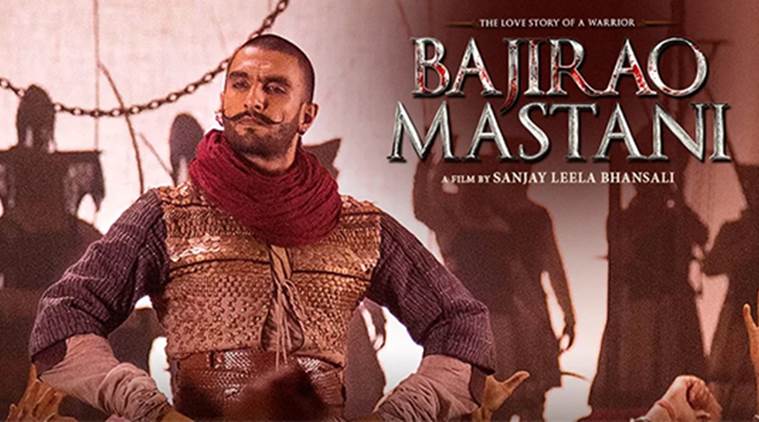On December 12, a protest meet has been organised by Thorale Bajirao Peshwa Pratishthan at Shaniwarwada at 12 am to demand the removal of ‘Pinga’ and ‘Malhari’ songs.

Since the promos of the song ‘Pinga’ have hit the screens, some people from Maharashtrian community including the descendants of the Maratha warrior Bajirao Peshwa, have been protesting against the song alleging distortion of historical and cultural facts. On December 12, a protest meet has been organised by Thorale Bajirao Peshwa Pratishthan at Shaniwarwada at 12 pm to demand the removal of ‘Pinga’ and ‘Malhari’ songs from public domain as well as a review of the film by historians and Peshwa descendants prior to its release.
Throwing light on Pinga, the ancient dance form, Mumbai-based professor Prakash Khandge, who has done research on folk dance forms of Maharashtra, says that Pinga is an ancient game-like folk dance form practiced by Maharashtrian women during festivals such as Hartalika, Mangalagaur, Nag Panchami and Bhondla, among others.
“It is more than 1,000 years old and is primarily performed by women in groups for the appeasement of mother goddess in a playful manner. It has a few signature movements; when women do Pinga, they bend down, placing their hands between legs and stomach and roam in circular motion, something like merry-go-round,” he said.
The philosophy behind Pinga, the folk art form, he says, is that life is maya (an illusion) and is not steady. “It dances around itself and makes others dance as well,” says Khandge. He said that saints of Maharashtra such as Tukaram, Dnyaneshwar and Eknath had used Pinga narratives to preach their respective philosophies. Khandge also states that the dashavtars (ten avatars of Vishnu) came into existence because of Pinga. These days, one can encounter warkaris (both women and men) indulging in Pinga during palkhis (religious processions) to Pandharpur, he says.
Having seen the promos of the song, Khandge, who has written about the dance form in his 2005 book about devotional folk art forms of Maharashtra, states that he finds absolutely no resemblance between the song from Bhansali’s film and the original style of Pinga.
“Not just the choreography but even the costumes worn by the actors in the song are wrong. The pallu is tightly wrapped around the waist and even the upper part of the body is well covered. The choreographer has mixed Lavani with Pinga but the final result is disappointing,” he says.
Pune-based historian Pandurang Balkawade too feels that the song distorts historical facts. “There’s no proof available which says that Mastani and Kashibai performed Pinga together. According to one unverified theory, during the celebration of Gokulashtami, Mastani had performed Bhondla in front of Kashibai. However, Kashibai didn’t join her,” he says.
Kundan Kumar Sathe, secretary of Thorale Bajirao Peshwa Pratishthan, stresses that a great warrior like Bajirao, who was a Maharashtrian brahmin, could have never allowed his wife to dance given his respectable status.
“While the song ‘Pinga’ insults his wife Kashibai, ‘Malhari’ insults Bajirao and his bravery by portraying him foolishly dancing to glory. If the filmmaker had to do this, he could have titled this film something else,” says Sathe, adding that the protest meet is likely to be attended by over 300 people including the Peshwa’s descendants.
In mid-November, Mumbai-based Prasadrao Peshwe, a descendant of Peshwa, wrote a letter to Chief Minister Devendra Fadnavis, in which he complained that in the name of cinematic liberty, Bhansali has distorted the history of Maharashtra and urged the Chief Minister to review the song and take necessary action.
Source : India Today





